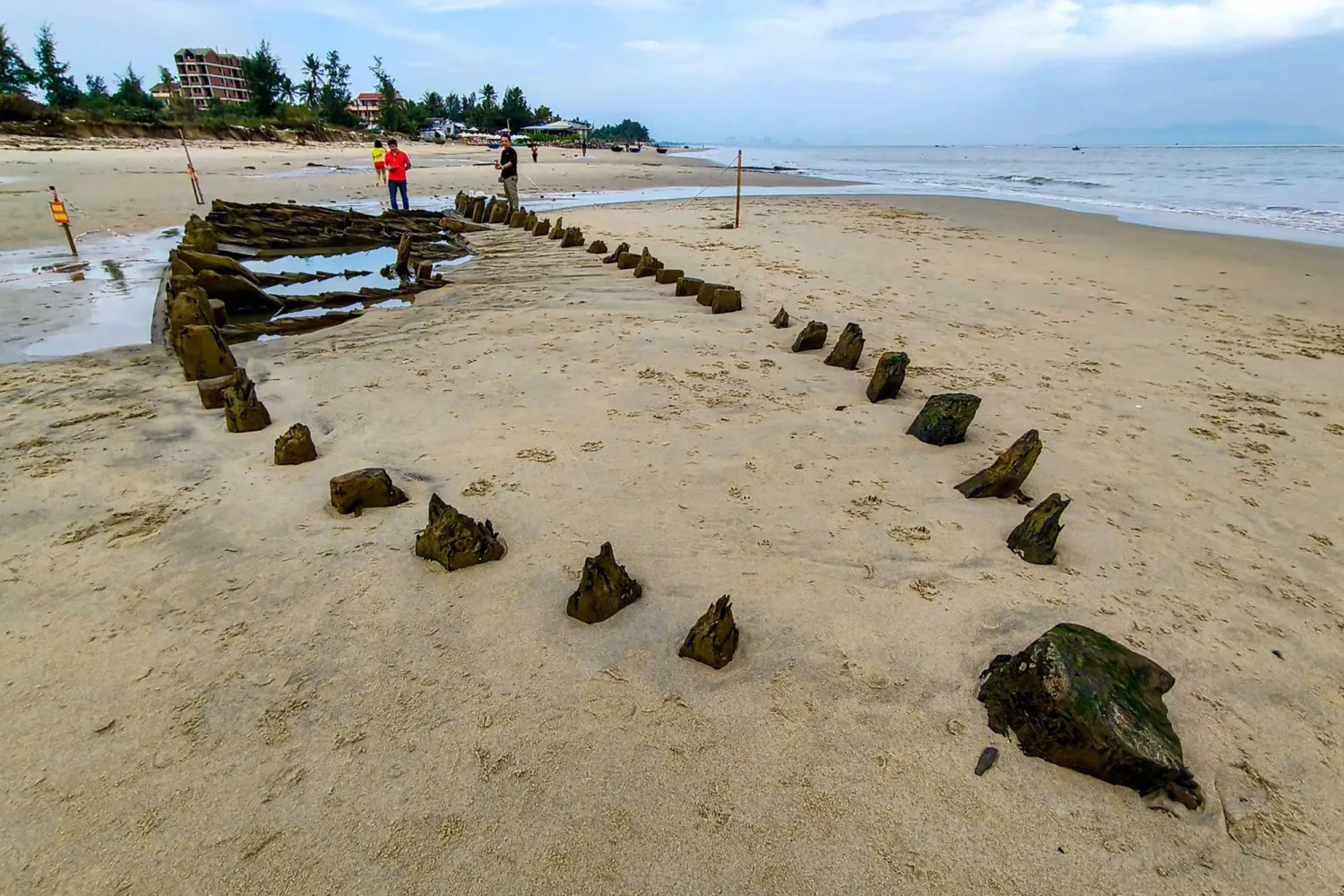Aley, dubbed the “bride of summer getaways” for its cool climate, draws Lebanese citizens, residents, expats, and tourists, especially from the Arab world.
For many years, it was a seasonal hub for those seeking entertainment and art. Casino Piscine Aley was among the major concert venues in the city hosting Arab stars in the sixties, and it continued to be until the 2000s.
Legendary singers performed there in the sixties and seventies, including Umm Kulthum, Farid Al-Atrash, Abdel Halim Hafez, Warda, and Gulf stars.
In 2000, it hosted its last major concert, with Hani Shaker, George Wassouf, and Kadim Al Sahir taking part. And while this golden era will never be forgotten, the bride of summer getaways is back on the artistic map after three long years of absence.
Child Smile Lebanon and Smile Way sports have joined forces to host the Bi Nos Aley (In the Middle of Aley) music and dance festival. It will be held in Aley Square from September 9 to 11, and is open to all ages.
In an interview with Asharq Al-Awsat, Child Smile founder Antoinette Karam, who organized the festival, stressed that it is high time for the city of Aley to take back its place on the artistic map after the pandemic and successive crises took it off.
“The need to bring back happiness to this city whose people, like all Lebanese, long for hope and joy, was obvious to us. And so, we decided to organize the festival in cooperation with the Municipality of Aley. It will allow the bride of Lebanon to make a strong comeback after a long period of absence.”
Several music and dance events, as well as entertaining activities, feature in the festival’s program. Commenting on their choice for the guest of honor, Mayez Al Bayaa, Karam said: “We contacted several Lebanese recording artists, and Al Bayaa is a dear guest. His presence will draw many attendees because he has a large audience in the region. The revival of this festival will serve as a prelude for other events in the future.”
Bi Nos Aley also includes dance and folkloric performances, with the Lebanese Dabkeh on the lineup. The festival will also host stars from the Voice Kids and rap bands, Karam added.









